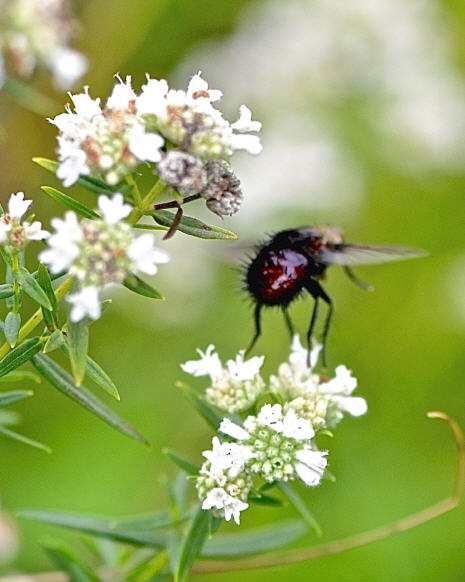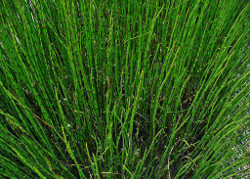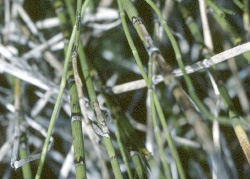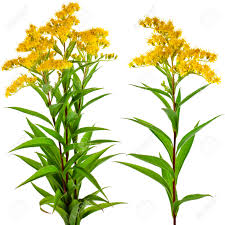2016 - Mountain Mint
 History
History
Mountain mint is the commonly accepted name for roughly 20 species of Pycnanthemum native exclusively to North America. French botanist Andre Michaux called the fragrant plant mountain mint after encountering it while exploring for useful plants in Pennsylvania around 1790. The generic name Pynanthemum is from the Greek pyknos, dense, and anthos, flowers, which refers to the plant's crowded flower heads.
Description
Typical of the Lamiaceae family, Pycnanthemum species have square stems, many bearing a covering of fine trichomes, opposite leaves, and head-like inflorescences from white to purple-spotted to pale lilac. They are most often branched perennials, some rapidly forming colonies.
Culture & Habitat
Mountain mint's common name can be deceiving in telling us about where it grows naturally and how we should cultivate it in our own gardens. As a group, you will find the mountain mints in open, mesic meadows, thickets and on the edges of woods. Their preferred soil type ranges from sandy and freely draining in coastal flatlands to gritty loam on the upper to middle part of a slopes. Exceptions include Pycnanthemum californicum, P. setosum and P. virginianum which can be found along streams and wet meadow habitats, but the soils are still well-drained.



 History
History